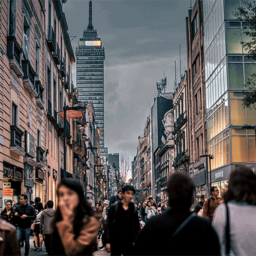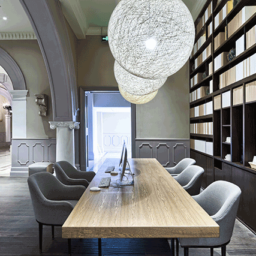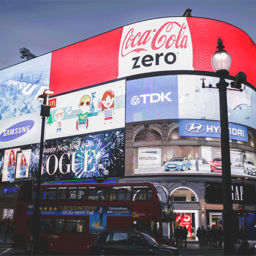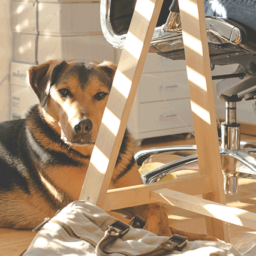How Can Retailers Most Effectively Pioneer New Markets?
Retailers must strike a balance between leasing or purchasing space in a market that is extremely “hot” and one that is “up and coming”.
Growing up, my father, an experienced commercial real estate developer, would tell me the three most important things about retail: location, location, location. Now, as a commercial real estate advisor, I know that this is a broad, but true statement. Retailers, here are some considerations to keep in mind when pursuing a new location or market.
Retailers must strike a balance between leasing or purchasing space in a market that is extremely “hot” and one that is “up and coming”.
“Hot” Markets
A “hot” market has the benefit of being a top destination for consumers due to its location and surrounding environment. The high foot and vehicle traffic creates the potential to provide a reliable source of revenue to businesses. However, establishing a retail business in these markets also has its challenges. Due to the high demand, it should be expected that rent will be higher than it would be in an “up and coming” market. Another challenge in “hot” markets is that landlords will typically have the upper hand in negotiations, which could result in minimized concessions, such as tenant improvement allowance or free rent. Landlords may also be reluctant to accept a tenant that does not yet have a proven track record. The low vacancy in “hot” markets increases the competition for vacant spaces and may result in multiple bidders negotiating for the same space.
“Up and Coming” Markets
An “up and coming” market typically offers retail businesses relatively lower rents than “hot” markets. As the market grows further, retailers will usually see both the rents and the client base increase. In these markets, landlords may be more open minded about leasing to a new concept and providing concessions. It is important to note that “up and coming” markets are still in high demand by businesses, but that the traffic and consumer base is still not as strong as in a “hot” market. A business may find that the “up and coming” market is not yet saturated with many options. This provides an opportunity for a business to establish a stronger community presence early on and grow along with the community. Retailers should keep in mind that “up and coming” markets are at risk of never reaching full maturity being overtaken or replaced by another “up and coming” market.
It is oftentimes difficult to have a successful retail business in a location without traffic, unless the business is providing something novel and creating a destination for consumers.
For example, let’s take a restaurant that defies the conventional restaurant model, Cattleback BBQ in Dallas, Texas. Cattleback BBQ is located in the middle of a light industrial area and is only open on Thursdays and Fridays from 10:30am – 2:00pm. Despite the limited hours and the low level of foot traffic, there is a consistent line out the door during its hours of operation. While this model and location works for Cattleback BBQ, retailers should understand that this type of scenario may not provide a new business with the same successful results. Results that Cattleback BBQ sees despite their limited hours and low foot traffic location are hard to come by and as a real estate advisor, I am hesitant to recommend this strategy.
Location, Location, Budget. Retail businesses should always strive to be in the best location possible, given the current financial capabilities of the owners.
Prior to committing to a new location, it is important to be realistic about the amount of rent a business can afford to pay as they establish their reputation in a new market. The key for retailers today is to figure out whether they would like to establish a presence in an already “hot” and dense market with higher rents and startup costs, or in an “up and coming” market that has yet to reach its peak.
Every retailer has different constraints and requirements. In order to most effectively pioneer a new market in today’s economy, retailers should find a balance between desirable location in either a “hot” or “up and coming” market, while also keeping their ideal budget in mind in addition to the foot traffic the selected location and retail concept will deliver.
















